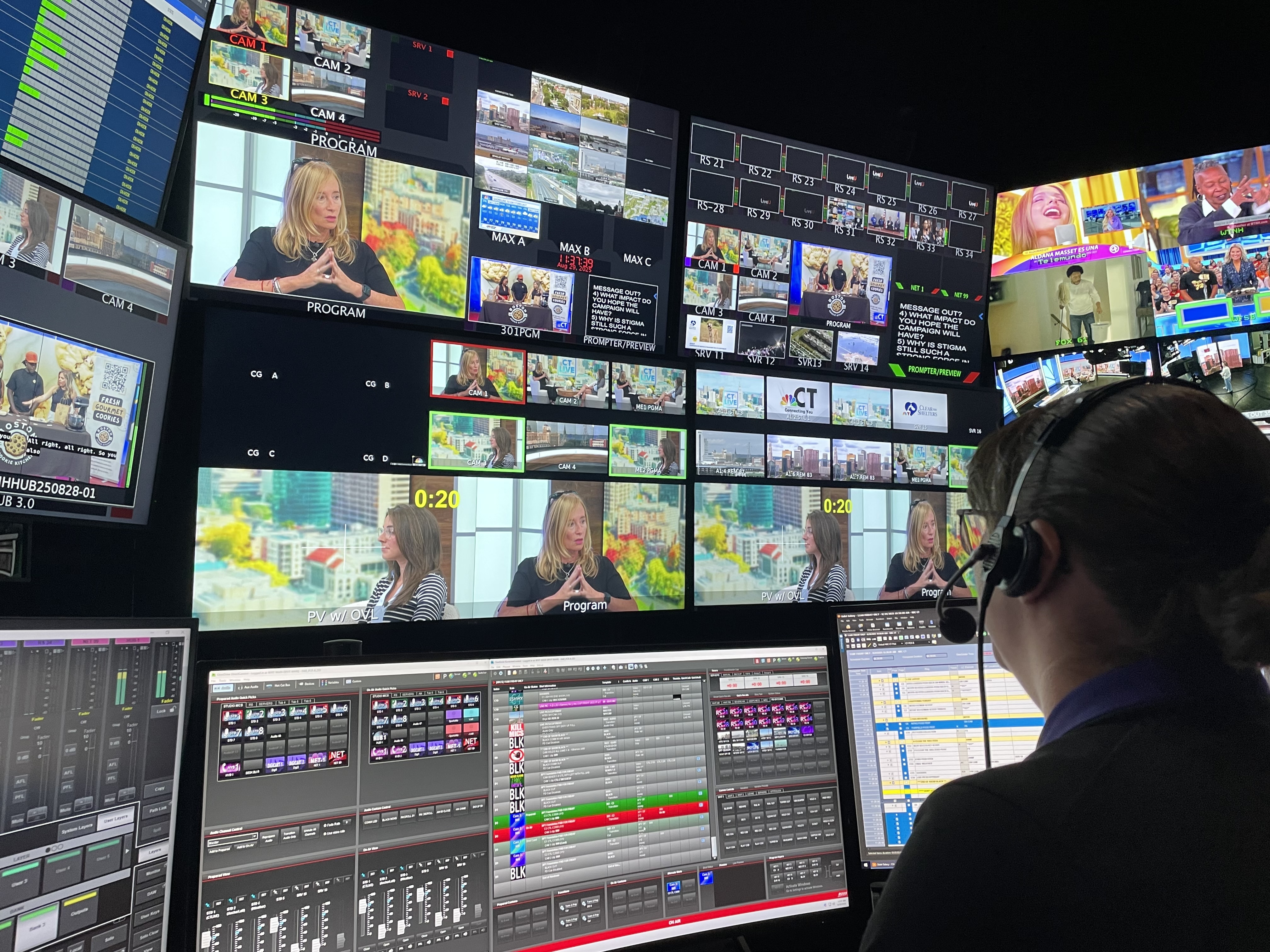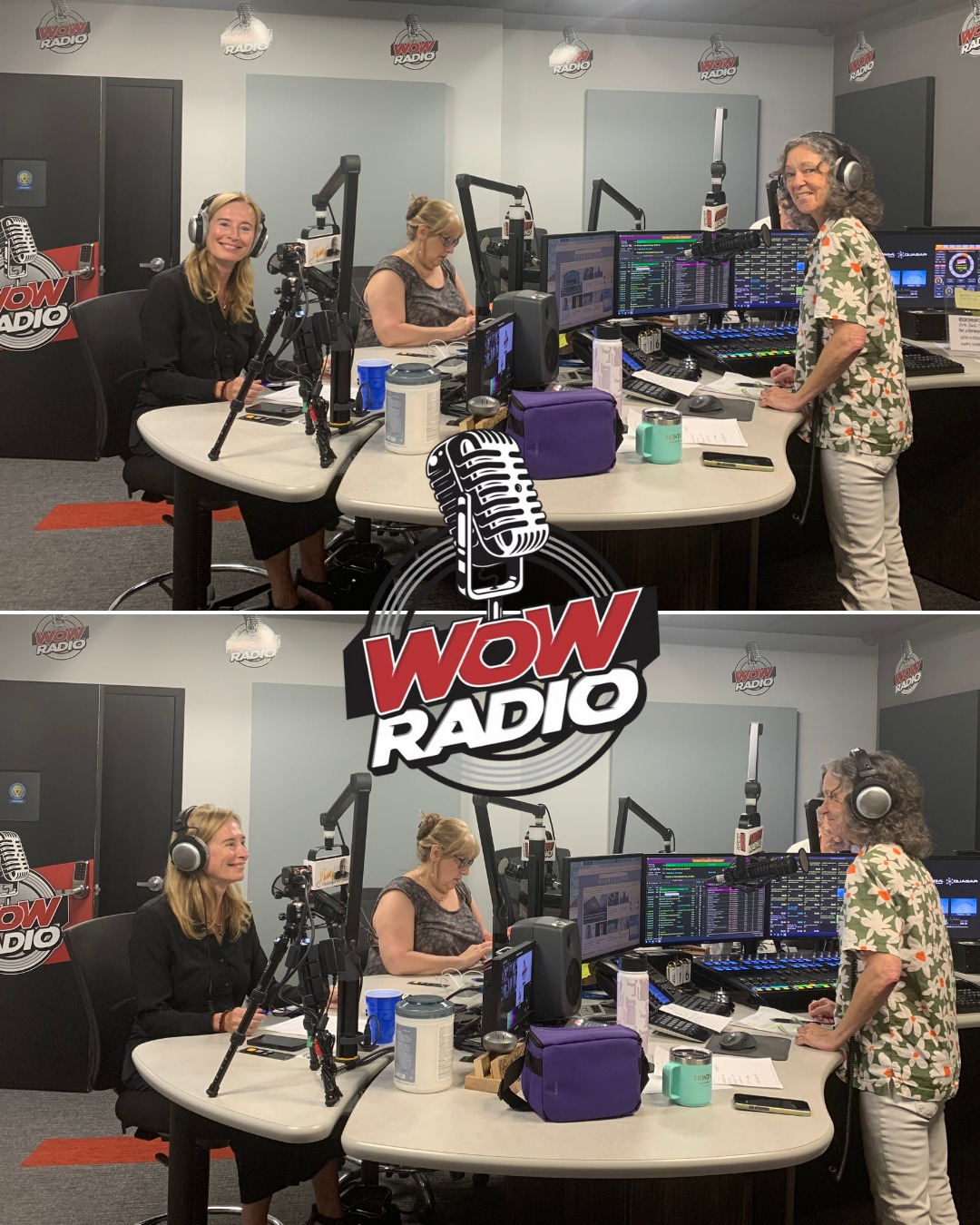
The opioid crisis presents significant challenges in the U.S., but it also highlights the resilience of communities and the potential for impactful solutions. Over 107,000 overdose deaths took place in 2023, equivalent to nearly 300 deaths daily, according to the CDC. Despite strong evidence supporting methadone and other treatments as effective interventions that reduce substance use, overdose mortality, and infectious disease risk while improving the quality of life for those with opioid use disorder, access to Medication for Opioid Use Disorder (MOUD) remains insufficient. Expansion efforts are hindered by complex barriers, including strict federal and state regulations, historical and social challenges, prolonged wait times, and administrative burdens that limit treatment availability and engagement.
This is a plan to use marketing as a form of public health intervention that is - as designed and proposed here - measurable, scalable, and repeatable.
Campaign Goals:
Campaign Target Area: Geo-fenced in New Haven County. Population 867,000. Focusing on the community level of the social-ecological framework
Campaign Structure:
Using the classic storyline narrative, we break it down into these stages
Creative Treatment:
Building on past experiences, this campaign aims to create a powerful narrative that resonates with individuals and inspires action. Clear, provocative language and engaging visuals will make them memorable.
We proposed telling the main stories in a Graphic novel style. The combination of visual and textual storytelling helps readers decode complex narratives. They learn to infer meaning from the text and the images.
Campaign Elements:
1. Digital Outreach
2. Traditional Print
3. Mass Media
We use marketing as a form of public health intervention. The metrics we gather are focused on impact. All of the digital outreach will be collected on a dashboard that compares this campaign to industry standards. Vanity metrics like impressions are the starting point but engagement will be the key measurable metric:
We will also be measuring community sentiment using geofenced survey tools pre and post campaign to measure impact.
We will repeat the survey to the same population at the end of August and compare the results. This will inform us on the effect/impact of the campaign and should educate us on our communication strategy moving forward.
It will also provide initial data on the ROI of investing in public health interventions vs the cost of “business as usual” (ie $96B)
Preliminary results are gathered here







